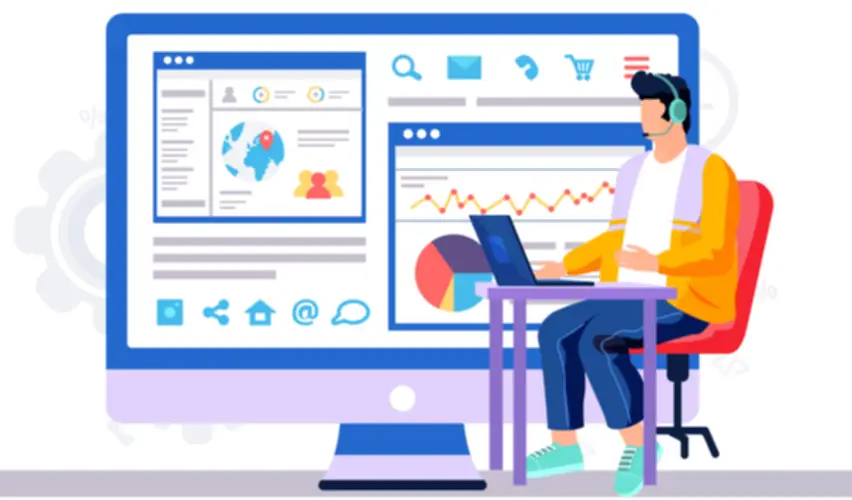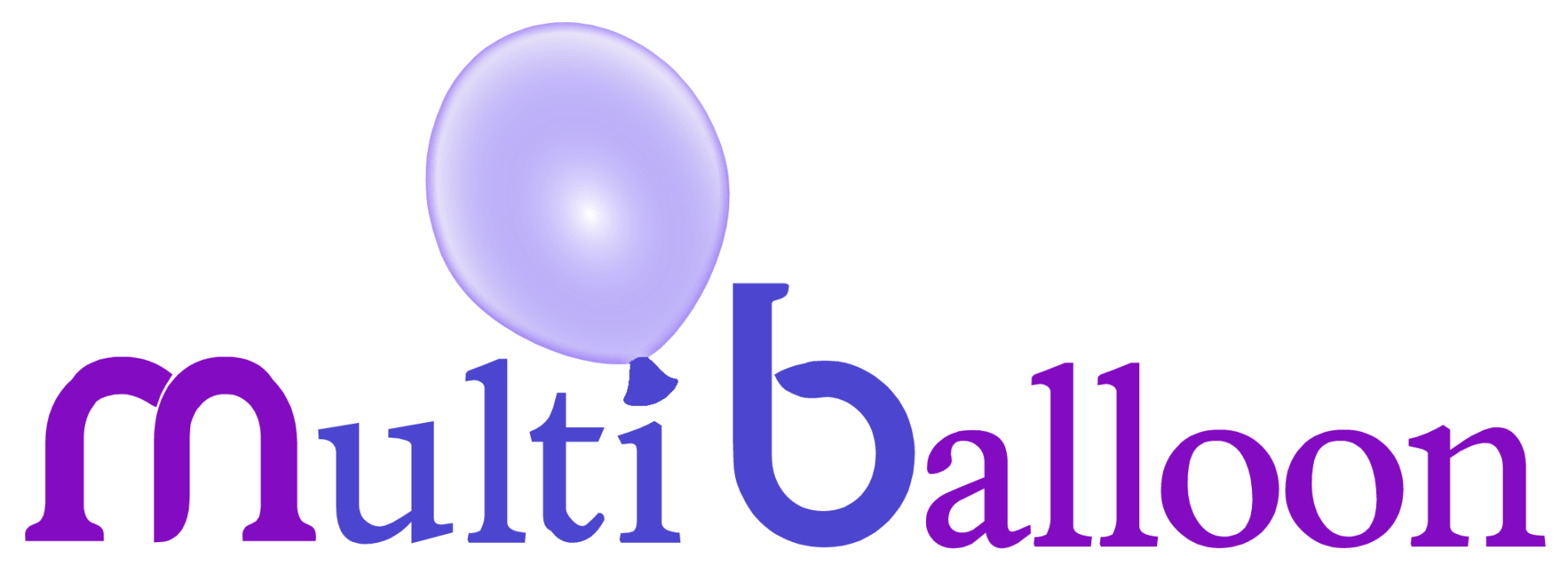Cmmi Ranges Of Capability And Performance
This is the team that may assist information you thru all of the levels of integration maturity. I didn't read the Gartner article however I was expecting to see on the go some core points ai networking pertaining to right now's challenges in phrases of integration. More to that Big knowledge, NoSQL and microservices are by some means disrupting our initial notion of what was to be an built-in ecosystem, making it even more difficult to really foresee essentially the most acceptable next move.

Macro Trends Affecting The Multienterprise Provide Chain Business Community Market
Integrations are pain-point primarily based and reactive, driven by people fixing their very own points on an as-needed foundation. For instance, the XP necessities administration strategy, which relies on oral communication, was evaluated as not compliant with CMMI. An organization can't be licensed in CMMI; as a substitute continuous delivery model, a corporation is appraised. Depending on the kind of appraisal, the group could be awarded a maturity level score (1–5) or a capability degree achievement profile. Digibee’s simple and simple pricing offers you entry to assist and professional services, removing the danger and stress from enterprise integration projects.
Does Your Organization Battle In An More And More Digital World As A Result Of:
This results in improved morale and increased productivity, as workers can focus on value-added tasks somewhat than coping with avoidable points. By consistently delivering high-quality products on time, organizations can enhance buyer satisfaction. Satisfied customers usually have a tendency to turn out to be repeat customers and advocate the organization to others.
New Strategies For Modern Service Assurance
For instance, ERP owns accounting and buyer information, CRM owns gross sales and prospect records, and HCM owns employee and hiring data. Due to the nature of this information, they are touched or are provided by many different processes that span throughout departments. This might not be an issue for early-stage companies with low organizational complexity, volume of knowledge, and technical assets. The CMMI Vault Methodology focuses on optimizing the management of information warehouses via structured, safe, and auditable practices.
- Processes at this stage are unpredictable, reactive, and heavily reliant on individual efforts.
- The primary sponsors included the Office of the Secretary of Defense (OSD) and the National Defense Industrial Association.
- Organization-wide standards provide steering across tasks, applications, and portfolios.
- Organization is data-driven with quantitative performance improvement aims that are predictable and align to satisfy the needs of inner and external stakeholders.
- They can determine potential risks early, implement applicable mitigation methods, and proactively handle issues, lowering the impact of dangers on projects.
How Does Cmmi Support Necessities Management?
Each of the seven levels displays a attainable abstract state of a company when it comes to its maturity in the integration of its providers (business and/or IT) and SOA solution. Each maturity degree builds on the foundation of its predecessors and may have a cumulative set of maturity attributes. The Open Group Service Integration Maturity Model (OSIMM) specifies the method to measure the service integration levels of an organization and its IT techniques and enterprise functions.
This is the point to consider and even undertake an integration platform, or iPaaS, for rapidly building and sustaining integrations. Prior to this degree, the business process meeting, though agile, is carried out at design time by developers (under the guidance of business evaluation and product managers) using appropriate tooling. Now this assembly may be performed at runtime, either assisted by the enterprise analysts by way of appropriate tooling, or by the system itself. This requires the flexibility to access a repository of companies and to question this repository through the traits of the required services.
There may also be some limited evaluation of the business functionality into components. Although components work together via outlined interfaces, they aren't loosely coupled, which limits agility and interoperability between different segments of the group (or even completely different organizations throughout the business “eco-system”). This causes difficulties in growth and deployment of shared business processes. Business and infrastructure parts are discrete and re-usable by way of code and EAI re-use strategies. Technologies have been put in place to speak between the silos, and to integrate the information and interconnections. The development of an IT system that integrates across totally different parts of the organization becomes potential.
Rapid acceleration of your enterprise integration technique isn’t always easy–and sometimes it’s not even potential, particularly in the early phases (1 and 2). But because the enterprise becomes more organized, even in Stage three with a centralized mannequin, we see greater adoption of expertise to help, specifically enterprise integration platform as a service. As app adoption and integration wants grow, companies dedicate sources in the direction of IT that are tasked to holistically build and own integrations across departments. This centralized set of assets with technical know-how is greatest equipped to establish integration requirements throughout the board, and to collaborate with completely different teams to design options to automate business processes throughout departments.
CIOs must be having a tough time taking decision today and individuals who aren't feeling this warmth are sinking consciously or unconsciously their group. An early-stage company’s first order of enterprise is to seek out product-market fit and by definition haven’t settled on long-term business processes yet. At this stage, while handbook processes abound, integrations are pain-point based mostly and reactive, driven by individuals solving their very own points on an as-needed basis. The CMMI framework is flexible and scalable, offering organizations the tools they need to reach their specific industries. By aligning processes with CMMI greatest practices, companies can obtain significant enhancements in efficiency, customer satisfaction, and profitability. Security maturity models are used to evaluate an organization’s ability to guard its information belongings.
Each dimension may be assessed in a similar way, resulting in a stage assessment for each dimension or business view, group, and so forth. The overall image, by way of the assessed maturity stage for each dimension, may itself be assessed to provide a view of the overall maturity level of the group. The columns of the matrix correspond to the maturity ranges, and the rows correspond to the size. Each cell in the matrix defines the maturity level for every of the scale in every column.
When the main target is on reaching enterprise goals and improved efficiency, the performance outcomes occur naturally and sometimes endure. CMMI is instrumental in bettering necessities management and making certain traceability in complicated tasks. By providing a structured framework, CMMI helps organizations establish strong practices for handling necessities successfully and maintaining compliance with requirements. Implementing CMMI is more than adhering to a framework; it’s about leveraging confirmed finest practices to drive measurable business development and operational excellence. These practices, derived from real-world success stories, information organizations in attaining superior outcomes via systematic process enchancment. The CMMI Methodology provides a scientific and structured framework for organizations looking for to reinforce their processes.

Data administration methods are formalized with clear governance standards and frameworks. This involves defining roles for information supervision and leveraging centralized data repositories, which will be the core of data-driven decision-making. When a Class A appraisal is completed, a company is awarded either a maturity stage rating or a capability degree ranking. Maturity stage scores range from 1 to five, with stage 5 being the best level and the objective in direction of which organizations are working.
The want for integration — the ability to attach two or extra purposes collectively — all of a sudden jumps to the forefront of the conversation and turns into mission-critical for the company to succeed. As the investments in SaaS explode, integration is being recognized as a strategic competency to help the digital journey of companies. As a end result, many utility leaders are compelled to rapidly and tactically establish minimal capabilities to satisfy a enterprise demand that fails to achieve desired results in the lengthy run. These representations permit flexibility in adoption, guaranteeing that organizations can align their process improvement strategies with their unique goals and wishes. Knowledge administration fashions are used to help organizations handle their data assets. Knowledge management models usually describe a set of processes and practices that a company can use to gather, store, and share info.
By utilizing an IMM, businesses can have the opportunity to improve their integration capabilities and obtain their business targets. The first three layers of the OSIMM maturity mannequin – Silo, Integrated, and Componentized – are known as the Service Foundation Levels. The Service Foundation Levels could be seen as beneficial stipulations for services enabling a legacy environment (or even aggregating present services). While it is attainable to offer providers over poorly structured legacy environments, it might compromise the success of the SOA solution. Green-field SOA applications may be an exception and not require the identical steps to attain service orientation as re-using legacy enterprise functions. Services developed utilizing net companies and other service enabling technologies also wants to meet the maturity traits outlined by the Service Foundation Levels.
By following its structured method across the 5 maturity levels—Initial, Managed, Defined, Quantitatively Managed, and Optimizing—businesses can steadily advance toward more environment friendly and predictable operations. Developed by the CMMI Institute, CMMI is a confirmed model that helps businesses assess and enhance their processes in areas like product development, service supply, and system administration. By adopting CMMI, organizations can establish key areas for improvement, ensure constant results, and achieve larger ranges of maturity in their processes. The Business dimension is targeted on the enterprise architecture; i.e., the organization’s present business practices and insurance policies; how business processes are designed, structured, implemented, and executed. The Business dimension additionally addresses how the price of IT capabilities is allocated throughout the enterprise, and how properly the IT capabilities assist the pliability of the business, agility, and SLAs.
Transform Your Business With AI Software Development Solutions https://www.globalcloudteam.com/ — be successful, be the first!
